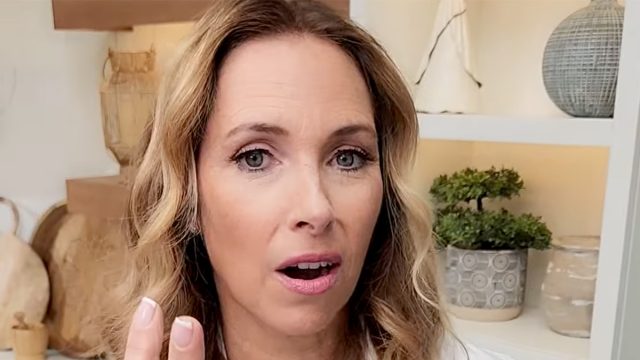7 Surprising Dehydration Warnings A Doctor Never Ignores
That afternoon slump hitting you again? Those mysterious hunger pangs striking at odd hours? These might not be what you think. "Most people miss the subtle ways their body signals dehydration," says Dr. Janine Bowring, ND, a naturopathic doctor, bestselling author, and mother of five. Her years of research have uncovered surprising signs that could transform how you think about your daily water intake.
The Aging Sign That Might Just Be Dehydration
"One of the most overlooked signs of dehydration shows up right on your face," Dr. Bowring reveals in her post. "Those new wrinkles and dry patches aren't necessarily aging – they're often crying out for hydration." While many rush to buy expensive creams, she points to a simpler solution: proper water intake. "A persistently dry mouth often accompanies these skin changes," she adds. "Together, they're your body's way of signaling severe dehydration."
The Common Pain That Water Could Solve
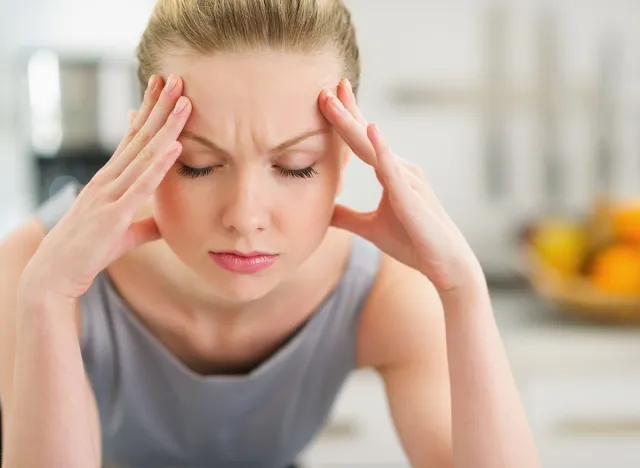
Got a headache? Hold that pain reliever. "Before reaching for medication, try drinking a glass of water," Dr. Bowring suggests. "I recommend adding magnesium bisglycinate to your water. Most people are deficient in this essential mineral, and this combination can provide natural headache relief while addressing the underlying dehydration."
3
Why Your Hunger Might Actually Be Thirst
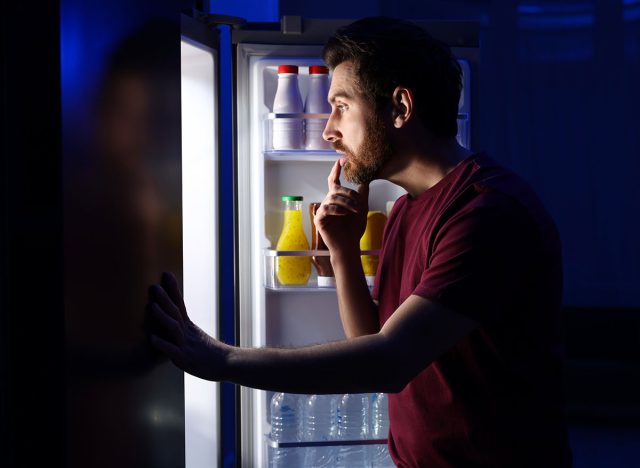
"One of the most misunderstood signals is hunger," Dr. Bowring explains. "What many people interpret as hunger pangs are actually their body's cry for water." This revelation extends to energy levels too. "Fatigue and perceived hunger are classic signs of dehydration that most people misinterpret," she notes. "It's why increasing water intake is often the secret weapon in successful weight management programs."
RELATED: 5 Smart Ways to Recover from Weekend Overeating, a Fat Loss Coach Reveals
The Hidden Reason Behind Your Joint Pain
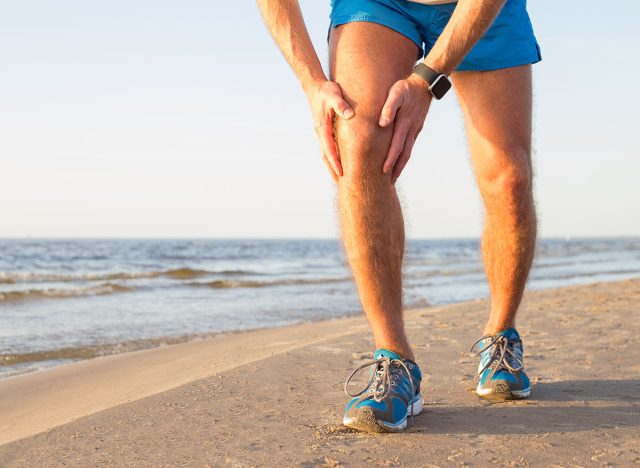
Think that joint pain is just part of getting older? Think again. "Your joints and muscles are highly dependent on proper hydration," Dr. Bowring states. "Joint pain and muscle mass loss often directly link to insufficient water intake." She points out that this connection is well-known in athletic circles: "It's why bodybuilders and athletes prioritize hydration, especially when using protein supplements or creatine."
The Digestive Issues You Didn't Know Were Related
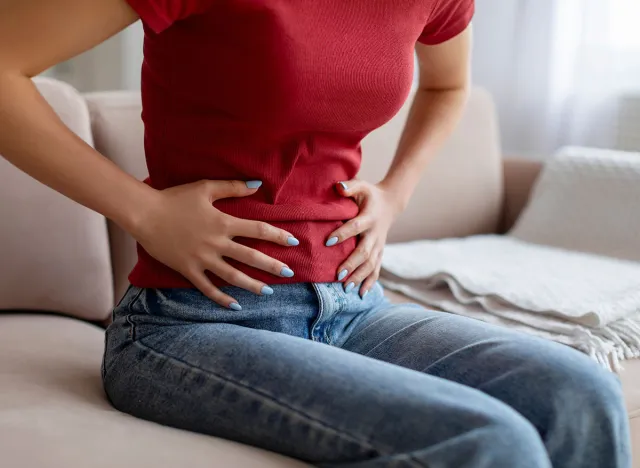
"Many digestive problems have a surprising common denominator," Dr. Bowring shares. "Constipation, heartburn, and acid reflux often improve significantly with proper hydration." The solution, she suggests, might not require extensive dietary changes or medication – just more water. "Your digestive system requires adequate hydration to function properly," she explains. "Without it, these uncomfortable symptoms can persist."
The Social Impact You Never Expected
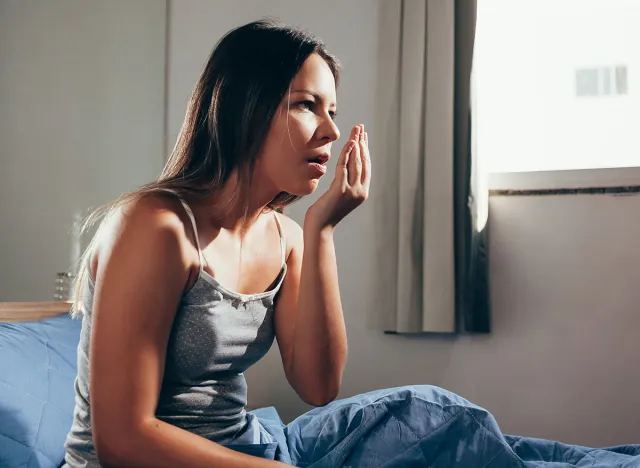
Here's a sensitive topic: bad breath. "Chronic bad breath can be a sign of insufficient water intake," Dr. Bowring reveals. But the implications go beyond social situations. "Your immune system's strength is directly linked to your hydration levels," she explains. "It's why doctors consistently emphasize fluid intake during illness – proper hydration is crucial for immune function."
RELATED: 3 Daily Habits That Actually Target Stubborn Belly Fat, Expert Reveals
The Weight Loss Secret Hiding in Plain Sight
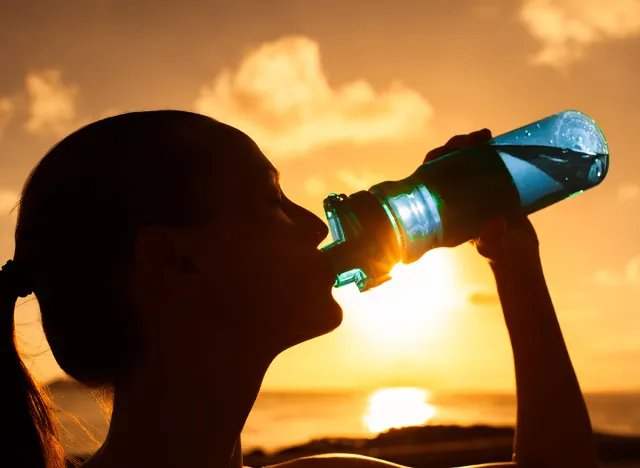
"Research has revealed something remarkable about water and weight loss," Dr. Bowring shares. "Simply increasing water intake to two liters daily can significantly impact weight management." The science backs this up: "Studies show proper hydration can boost energy expenditure by approximately 400 kilojoules," she notes. This surprising connection between hydration and metabolism might be the missing piece in many weight management efforts. And if you enjoyed this article, take advantage of these 15 Quick Ways to Lose Body Fat Percentage in a Week.
